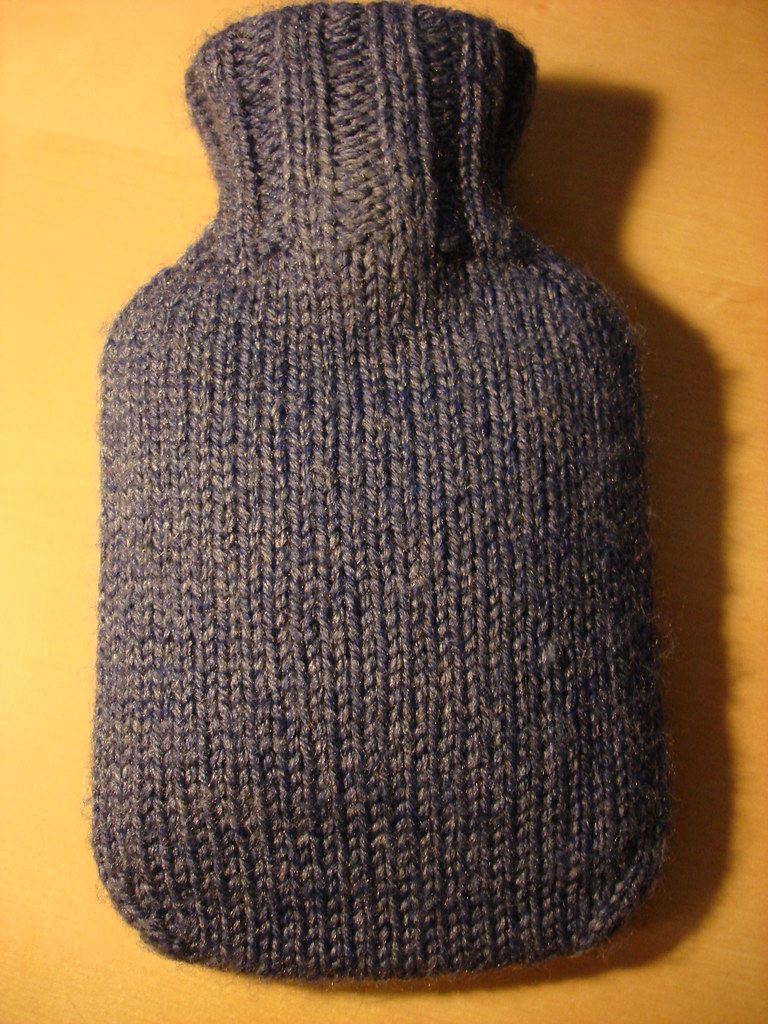When it comes to keeping warm and cozy, few things beat snuggling up with a hot water bottle. However, there are times when a hot water bottle may not be the most convenient or practical option. Perhaps you’re on the go and don’t have access to hot water, or maybe you’re looking for a more eco-friendly alternative. Whatever the reason, you’ll be happy to know that there are plenty of hot water bottle alternatives available. In this blog post, we’ll explore some of the best hot water bottle alternatives and help you find the perfect solution for your needs.
There are plenty of hot water bottle alternatives available that can provide the same comforting warmth without the need for hot water. Some of the most popular alternatives include electric heating pads, microwaveable heating pads, rice-filled sacks, gel packs, and even heated blankets. Each of these options has its own unique benefits and drawbacks, so it’s important to consider your specific needs before making a choice.
Electric heating pads are a great option for those who want a reusable and convenient heat source. They come in a variety of shapes and sizes, and many models have adjustable temperature settings to provide customizable warmth. Microwaveable heating pads are another popular choice, and they’re often filled with rice or other natural materials that can be heated in the microwave for quick and easy use.
Rice-filled sacks are a simple and affordable hot water bottle alternative. They can be heated in the microwave or oven and retain heat for a decent amount of time. Gel packs are another option that can be heated or chilled depending on your needs.
Heated blankets are a luxurious and cozy option for those who want to stay warm all night long. They come in a variety of sizes and materials, and some even have built-in timers and automatic shut-off features for added safety.
In addition you may also consider commercially available products such as hot hands which are suitable if you are on the move.
| Alternative | Pros | Cons |
| Electric heating pad | Reusable, convenient, adjustable temperature | Requires an outlet, may be more expensive upfront |
| Microwaveable pad | Quick and easy to use, affordable | May not retain heat as long as other options |
| Rice-filled sack | Affordable, easy to make at home | May require frequent reheating, not as long-lasting as others |
| Gel pack | Can be heated or chilled, easy to use | May not retain heat as long as other options |
| Heated blanket | Cozy and comfortable, good for extended use | May be expensive, may require an outlet |
| Hot Hands | Convenient for outdoor use, provide long-lasting warmth | Single-use, create waste |
Of course, this table is not exhaustive and there may be other factors to consider when choosing a hot water bottle alternative, such as personal preferences and specific use cases. Nonetheless, it can be a helpful starting point for weighing the pros and cons of different options.

What are hot hands and do they work?
Hot Hands are single-use air-activated heat packs that are designed to provide heat for up to 10 hours. They work by using a combination of iron powder, water, salt, and activated carbon. When the pack is opened and exposed to air, the iron powder oxidizes, producing heat through an exothermic reaction.
Hot Hands are commonly used for outdoor activities such as skiing, hunting, and camping, as well as for outdoor work in cold temperatures. They can be placed inside gloves, pockets, or boots to keep your hands, feet, and other parts of your body warm.
In general, Hot Hands are effective at providing warmth in cold conditions. They can help prevent frostbite and other cold-related injuries. However, it’s important to note that they are single-use, which means they can create a lot of waste if used frequently. Additionally, they may not be as effective as other types of heat sources, such as electric heating pads or heated blankets, which can be used repeatedly.
Overall, Hot Hands can be a useful tool for staying warm in cold weather, but they may not be the most sustainable or cost-effective option for frequent use.

When should you not use a hot water bottle?
There are some situations where you should avoid using a hot water bottle, as it could be potentially dangerous or make your condition worse. Here are some instances where it’s best to skip the hot water bottle:
- Burns: If you have a burn or other open wound, using a hot water bottle could further damage the affected area and delay healing.
- Diabetes: People with diabetes may have reduced sensation in their feet and legs, which means they may not feel the heat from a hot water bottle and risk burning themselves.
- Raynaud’s disease: Raynaud’s disease is a condition that causes blood vessels in the hands and feet to narrow, which can lead to pain, numbness, and tingling. Using a hot water bottle could exacerbate these symptoms and make the condition worse.
- Pregnancy: Pregnant women are advised to avoid using hot water bottles on their abdomen or lower back, as the heat could harm the developing fetus.
- Children: Hot water bottles should never be used on infants or young children, as they have sensitive skin and are at risk of burns.
- Elderly people: Older adults may have reduced sensation or mobility, which could increase the risk of burns or injury from a hot water bottle.
In general, if you have any concerns about whether a hot water bottle is safe for you to use, it’s always best to check with your healthcare provider first.
Relevant Articles
Can You Put A Hot Water Bottle In The Microwave?
Can You Put A Water Bottle In The Microwave?

Comments are closed